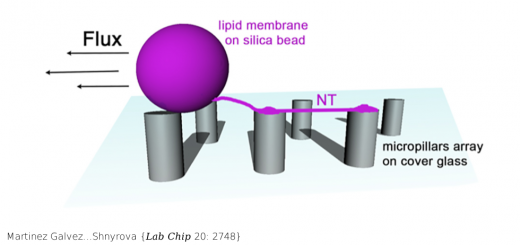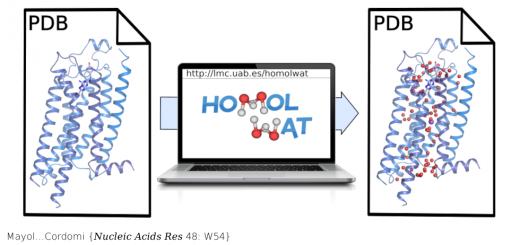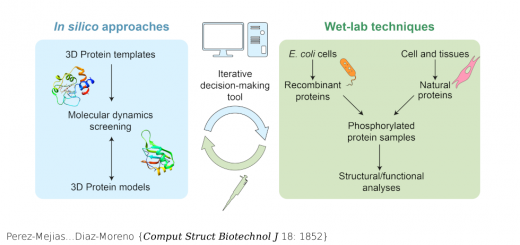Munc18-1 is crucial to overcome the inhibition of synaptic vesicle fusion by alphaSNAP

Model showing how aSNAP prevents non-regulated synaptic vesicle fusion mediated by the SNAREs alone by binding to different types of SNARE four-helix bundles (states 1-3), and how aSNAP inhibition can only be overcome when Munc18-1 binds to closed syntaxin-1 (state 0), which ensures that neurotransmitter release occurs through the highly regulated Munc18-1-Munc13-1-dependent pathway.
Stepien KP, Prinslow EA, Rizo J.
Nat Commun 2019 Sep; 10: 4326.
Munc18-1 and Munc13-1 orchestrate assembly of the SNARE complex formed by syntaxin-1, SNAP-25 and synaptobrevin, allowing exquisite regulation of neurotransmitter release. Non-regulated neurotransmitter release might be prevented by alphaSNAP, which inhibits exocytosis and SNARE-dependent liposome fusion. However, distinct mechanisms of inhibition by alphaSNAP were suggested, and it is unknown how such inhibition is overcome. Using liposome fusion assays, FRET and NMR spectroscopy, here we provide a comprehensive view of the mechanisms underlying the inhibitory functions of alphaSNAP, showing that alphaSNAP potently inhibits liposome fusion by: binding to syntaxin-1, hindering Munc18-1 binding; binding to syntaxin-1-SNAP-25 heterodimers, precluding SNARE complex formation; and binding to trans-SNARE complexes, preventing fusion. Importantly, inhibition by alphaSNAP is avoided only when Munc18-1 binds first to syntaxin-1, leading to Munc18-1-Munc13-1-dependent liposome fusion. We propose that at least some of the inhibitory activities of alphaSNAP ensure that neurotransmitter release occurs through the highly-regulated Munc18-1-Munc13-1 pathway at the active zone.
PubMed: 31548544. Doi: 10.1038/s41467-019-12188-4. OPEN Free PMC




